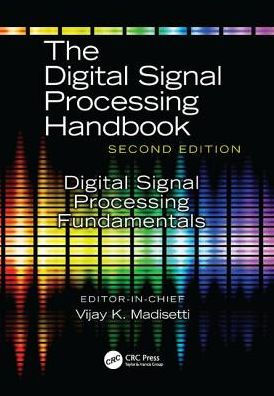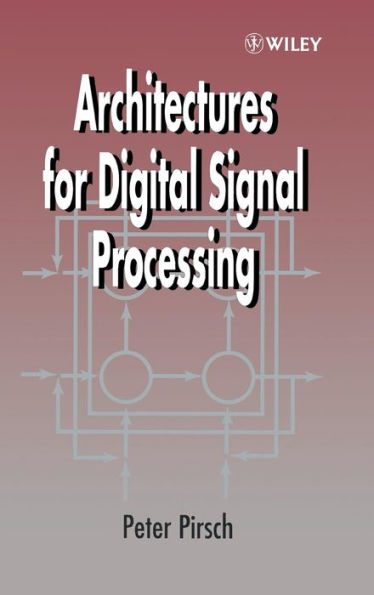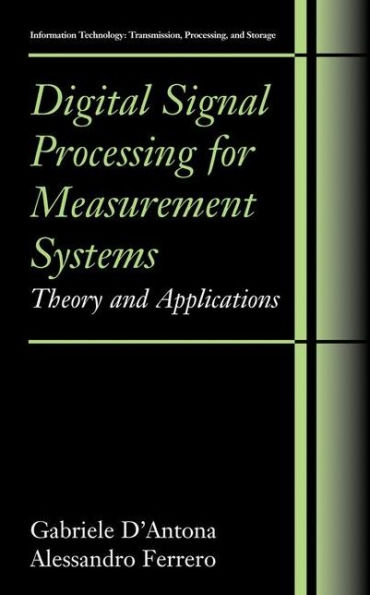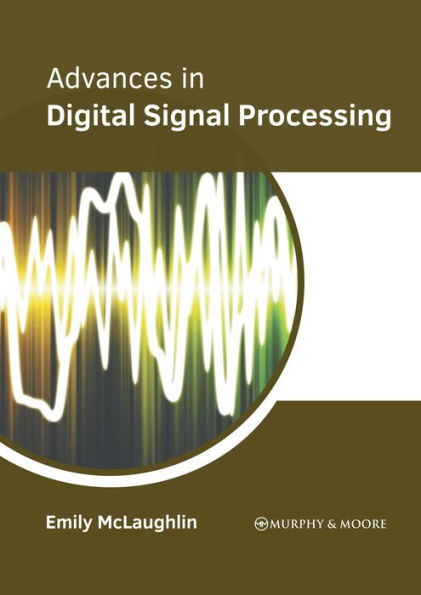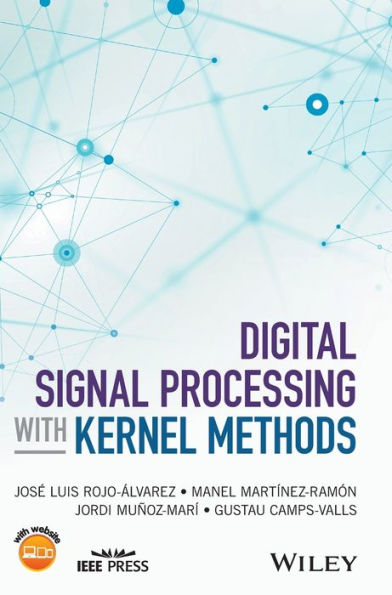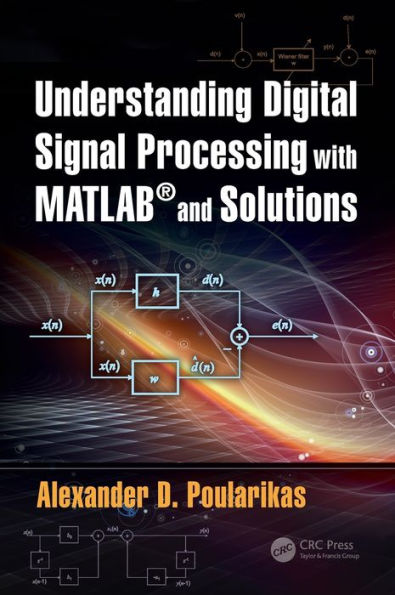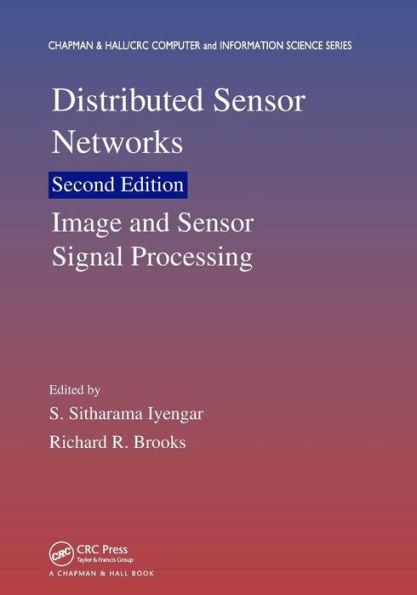Home
Plato and Digital Signal Processing: Volume 2 in the Scientist and Science series
Barnes and Noble
Plato and Digital Signal Processing: Volume 2 in the Scientist and Science series
Current price: $10.25
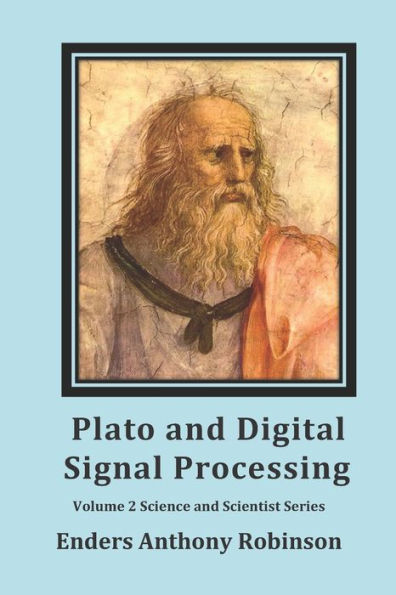

Barnes and Noble
Plato and Digital Signal Processing: Volume 2 in the Scientist and Science series
Current price: $10.25
Size: OS
Loading Inventory...
*Product information may vary - to confirm product availability, pricing, shipping and return information please contact Barnes and Noble
The Greek philosopher Plato presented the Allegory of the Cave in his work The Republic. The allegory is related to Plato's Theory of Forms. The material world is known to us through sensation. Plato's Forms possess the highest and most fundamental kind of reality. In mathematical terms, we perceive the material world by means of remote sensing. For example, physicists see images in the bubble chamber, but not the elementary particles themselves. Geophysicists see seismic images, but not the underground earth itself. The received images correspond to Plato's shadows. Historically geophysicists used to look at the recorded seismic records without any processing at all. From their mental analysis, they ascribed a structure to the underground earth, but they would mistake appearance for reality. In 1952, digital signal processing (DSP) freed geophysicists from this practice. They could deconvolve the recorded seismic records and thereby obtained the true form of the underground structure of earth. They found Plato's reality. Deconvolution is now used in all fields of science.A person speaks into a mobile phone. It's DSP (Digital Signal Processing) chip deconvolves the speaker's voice. The deconvolved signal is transmitted and is received by the listener's phone. Its DSP chip re-convolves the signal thereby reproducing the speaker's voice.This book presents the basic elements of digital signal processing. It is self-contained. The chapters are 1. Review of mathematics; 2. Frequency; 3. Z-transform and frequency spectrum; 4. Convolution; 5. Wavelets; 6. FIR filters; 7. Deconvolution; 8. Crosscorrelation; 9. IIR filters; 10. Wavelet processing; and 11. Miscellaneous items. The book is suitable for colleges and for self-study.
